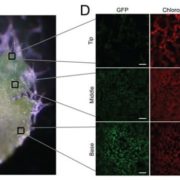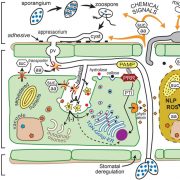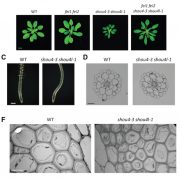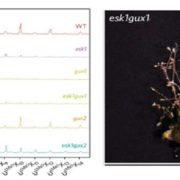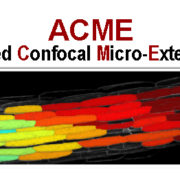Update: ROP GTPases structure-function and signaling pathways
By
Introduction
Rho of Plants (ROP) proteins also known as RACs are the plant specific subfamily of Rho small GTP binding proteins, referred to here as small G proteins (Zheng and Yang, 2000; Brembu et al., 2006; Elias and Klimes, 2012). Like other members of the Ras superfamily of small G proteins, ROPs function as molecular switches due to changes in conformation upon GTP binding and hydrolysis (Berken and Wittinghofer, 2008). The conformational differences between the GTP- and GDP-bound states facilitate transient interactions with effector and regulatory proteins that in turn result in periodic activation/inactivation cycles of signaling cascades. Small G protein function is characterized by two central features: 1) due to inefficient GTP hydrolysis these proteins remain in the GTP-bound active form for extended periods of time and 2) due to the low dissociation coefficient of GDP its release is inefficient and depends on enzymatic activity (Bourne et al., 1991; Vetter and Wittinghofer, 2001). Because of these features, the GTP-/GDP-dependent activation/inactivation cycles of small G proteins are regulated in time and space by GDP/GTP Exchange Factors (GEFs) that facilitate the release of GDP and GTPase Activating Proteins (GAPs) that enhance GTP hydrolysis (Berken and Wittinghofer, 2008).



